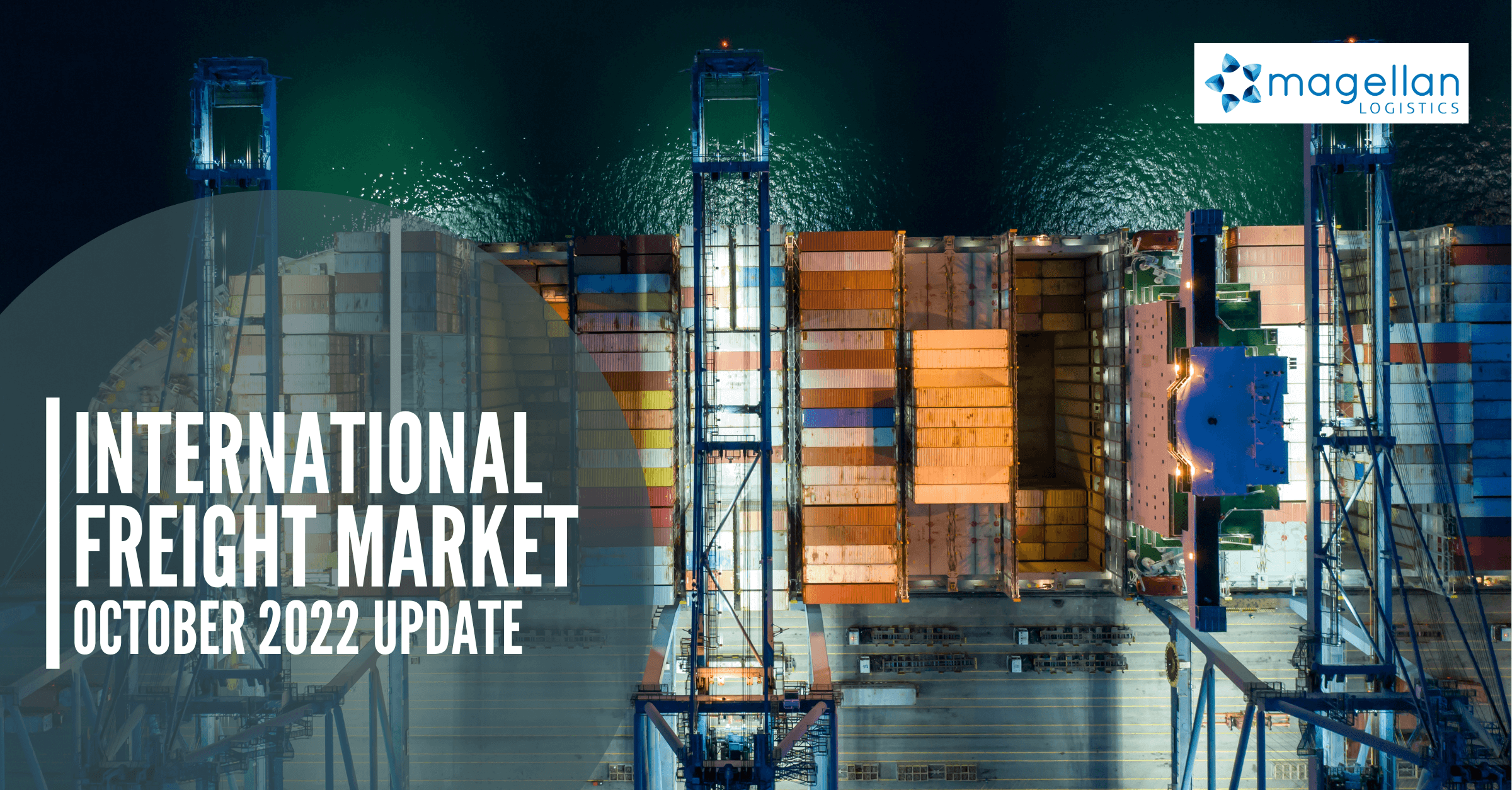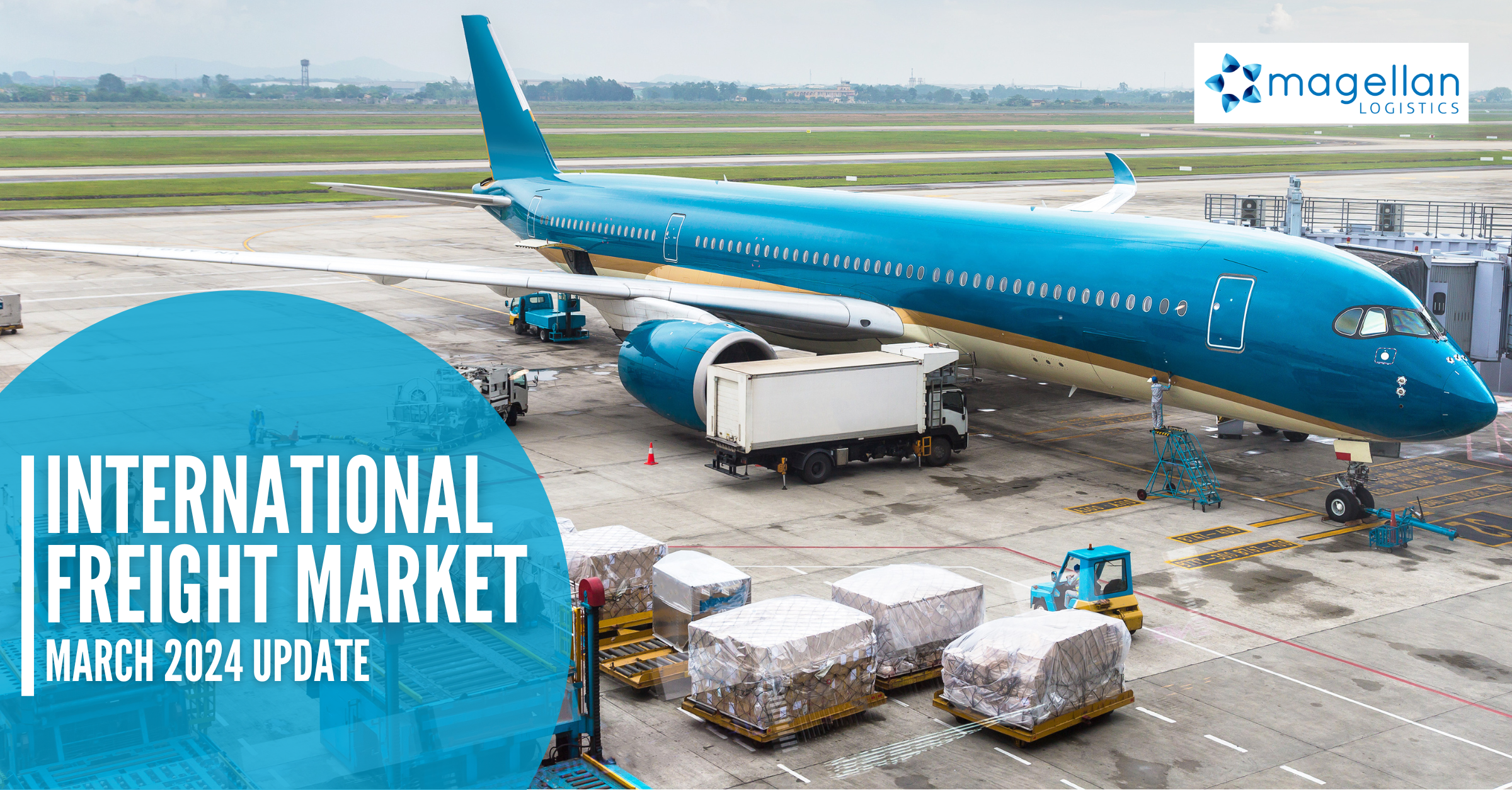Fraught conditions remain the key theme for the international freight market. High inflation numbers, fears of a global recession, war and political instability are all contributing to a drop in consumer spending and trade volumes in Australia. But conditions are patchy across the globe. Where rates drop in some markets freeing up space, the opposite is happening elsewhere, and congestion and delays continue.
- Congestion at Auckland and vessel bunching continue to cause vessel delays of up to 4 to 6 days, impacting container availability, final delivery to end users, and extended transit times.
- China’s shifting zero-COVID policy has impacted manufacturing and exporting centres like Chengdu, Dalian, Guangzhou, Shenzhen and Tianjin. Whilst port operations are exempt from restrictions, manufacturing and inland logistics have been seriously impacted.
- Ongoing snap Covid lockdowns in China continue to impact overall volumes and slow down volume recovery.
- The Golden Week rush was slower than usual this year, with overall market volumes decreased.
- New carriers putting capacity into the Oceania market has resulted in a further reduction in market rates.
- Schedule reliability remains an ongoing issue and blank sailings/port omissions are still performed by carriers to get vessels back to schedules
- US and Europe inflation levels are at a record high of 8.3% and 7.4%, respectively.
- Spot market rates continue their decline across several trade lanes, especially from China to Australia.
- Spot rates on the Transatlantic trade lane remain high due to bottlenecks on both sides of the Atlantic. While the queue of ships waiting to enter ports in Southern California has mostly cleared, 40 container vessels have been waiting to berth for an extended period at Savannah. Also, in New York, around 15 vessels were waiting lately.
- Carriers are now transitioning from a period of insufficient capacity to one in which falling demand primacy must be given to capacity management. We can expect to see more blanked sailings.
- Industrial action at Felixstowe and Liverpool have had and will continue to significantly impact vessel scheduling, landside, and intermodal operations.
- World Container Index, as calculated by Drewry on 06 October 2022, has fallen to $3,688.75 USD 40FT container.
- At the North European ports of Bremerhaven, Hamburg, and Rotterdam, vessel waiting times have been reduced, and terminal capacity levels have become more manageable. However, whilst the overall situation has improved at Hamburg, some concerns remain given the high terminal capacity levels, which are causing lower port productivity than the other European ports.
- Advanced bookings of between 5–6 weeks for sea freight cargo from USA trade lanes are still necessary.
- Cotton and seed export volumes are expected to fall from November 2022 onward but will be replaced by the grain harvest.
- Export demand from Oceania to the Americas remains strong, especially to the US East Coast.
- Carrier 20FT equipment remains in shortage across ports in Oceania.
Magellan Logistics provides freight and logistics services to all industries, including sea freight, air freight, and customs clearance. Get in touch with one of our freight specialists today or call us on 1300 651 888.
With thanks to FTA for the International Freight Market summary.













